It’s a third consecutive year of April being very dry. In fact since 17th March we have had just 24mm rain (an inch). We need to give more water than usual, especially to new transplants and salad vegetables. We can appreciate how no dig is excellent for moisture retention.
Harvests at this time of year are precious and we are almost in the hungry gap, when stored winter vegetables finish and many newly planted ones are not yet ready. Leafy vegetables come to the fore including spinach, lettuce and spring onion.
It has also been quite cold recently, with the continuing possibility of night frost. My greenhouse is now crammed full of tender plants which are better in there for at least a week, although there are signs of warmer weather ahead. Featured image is 30th April.
- New Audiobook, my No Dig Gardening Course 1, spoken by me with plenty of improvisation and bringing it right up to date. Not that no dig changes much!
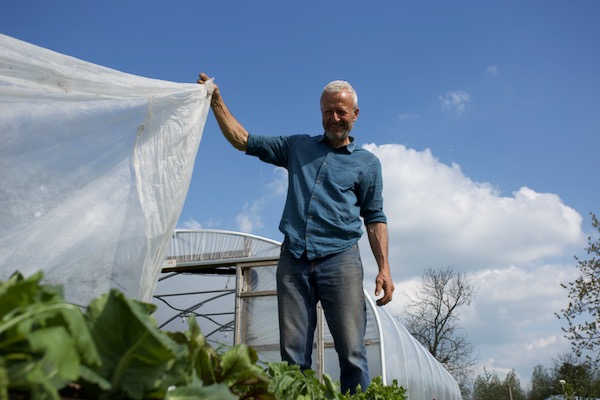
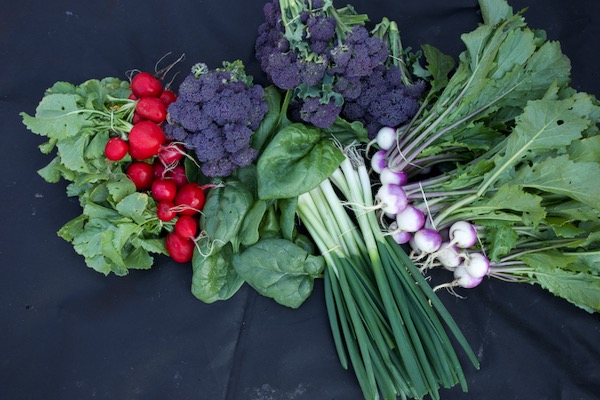
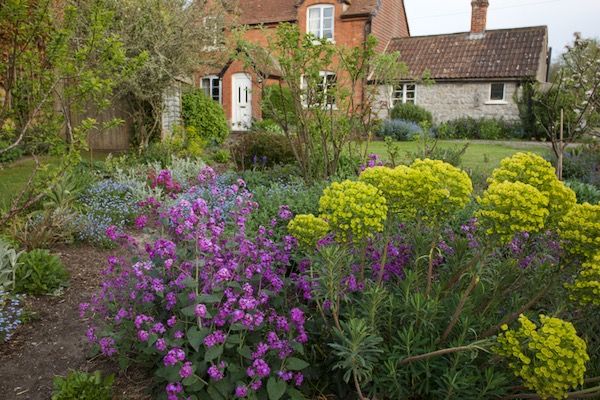
Sowing and plant raising
Possible sowings this week include leeks, chard, beetroot, carrot, lettuce, celery and brassicas including cauliflower, cabbage and calabrese. In cooler regions, sow Brussels sprouts and kale. Here I sow Brussels around 8th-10th May.
You can sow salad onions any time, until and including July. Allow about ten weeks to maturity, depending on what size you like them.
It’s still fine to plant potatoes, my video shows a no dig method for that.
Sow courgettes and squash in warmth, for transplanting outside after mid May, when it’s warmer.
Sow cucumbers for growing under cover, if you have not already.
This is the kind of advice we are giving in the weekly email called When What How.
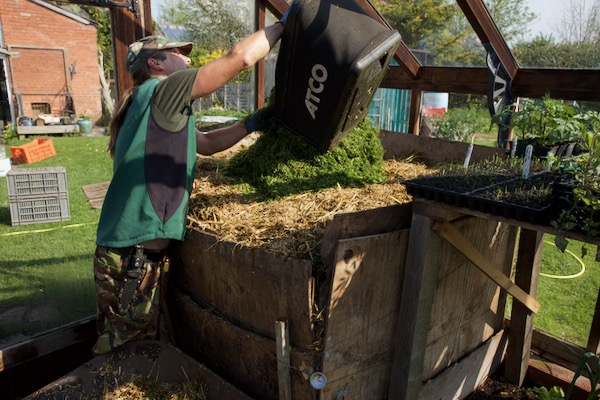
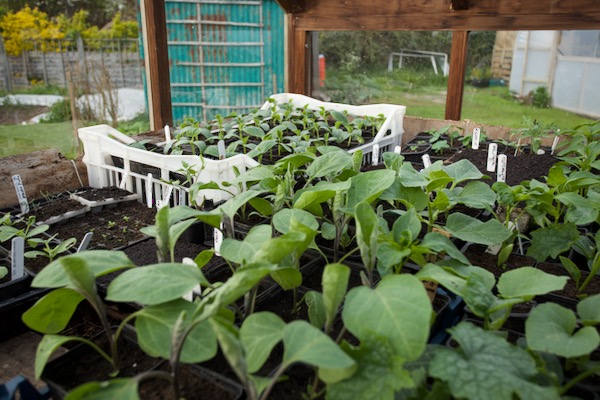
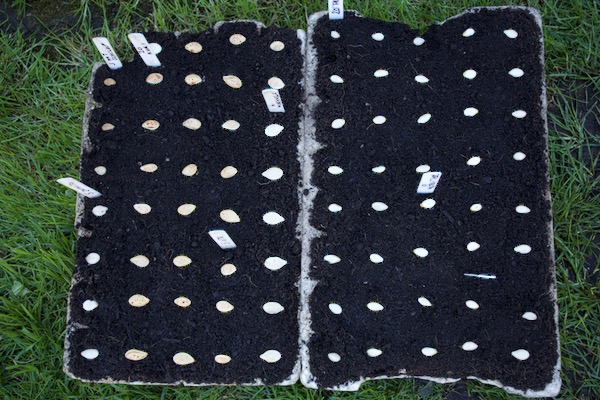
Transplanting under cover
I dared to set out some tomatoes this week, Sungolds which had grown very fast from sowing in the second week of March. We bury strings with knotted ends under the root balls, but have not tied them to the wires above because overnight they are covered with fleece, in case of frost. I interplant dwarf French marigolds for beauty and aphid reduction.
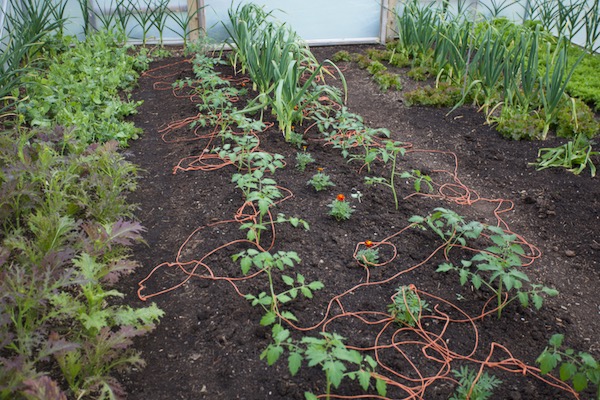

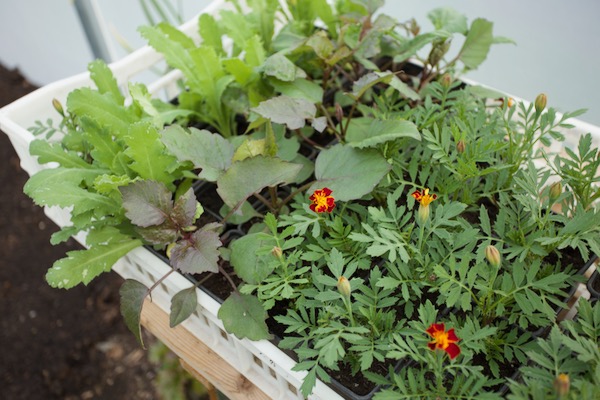
Interplants / companions
Plants like being close to (companion with) other plants, especially when they’re small. Intersowing, interplanting and multisowing are all variations of companion planting, as in these photos.
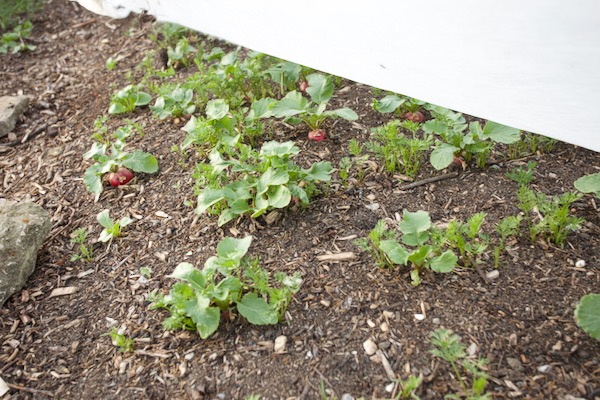
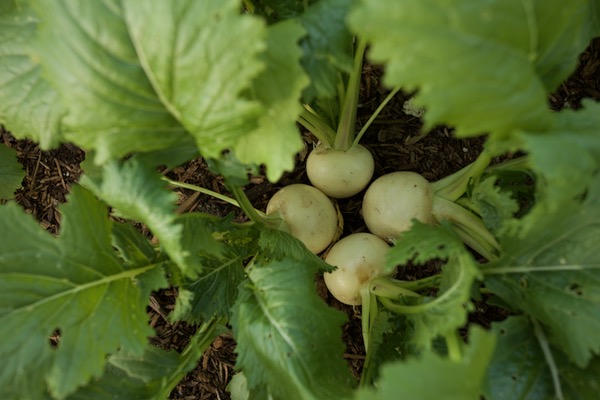

How to pick 1, overwintered vegetables
Purple sprouting broccoli is finishing, with new shoots being thinner with every passing week and then they become quite stringy. I’ve twisted out about a third of the plants already, and next week many others will finish.
Cauliflower on the other hand is a single harvest and they are suddenly cropping all at once! Aalsmeer, sown late August.
Outdoor garlic comes ready towards the end of June. It has been in the ground since October, cloves from homegrown garlic.
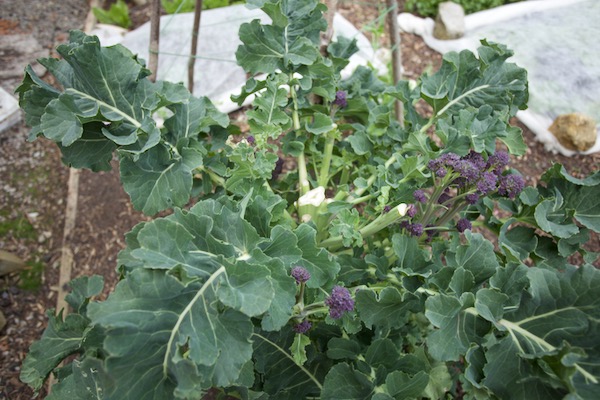
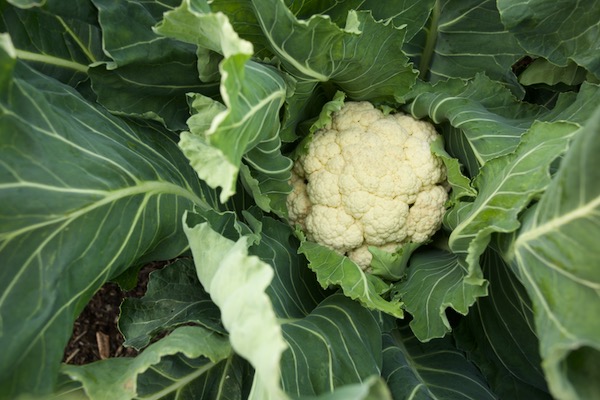
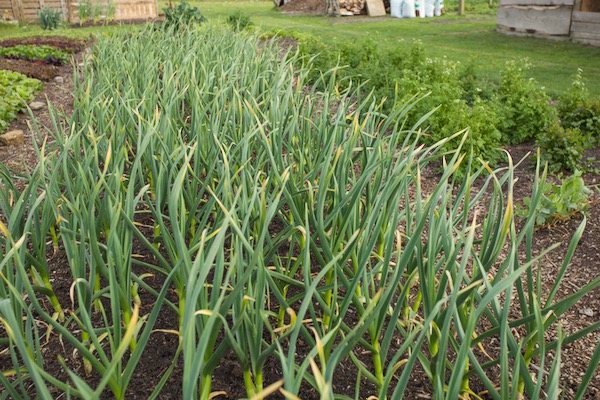
How to pick 2, salad plants
Mostly we harvest by gently twisting off outer leaves, which allows plants to grow back rapidly, and to live for a long time. Current harvests of sweet leaves of Medania spinach are from plants sown last August, for example.
An exception is wild rocket which I cut as you can see in the photograph. It has too many small stems to pick individually and regrows amazingly well after cutting
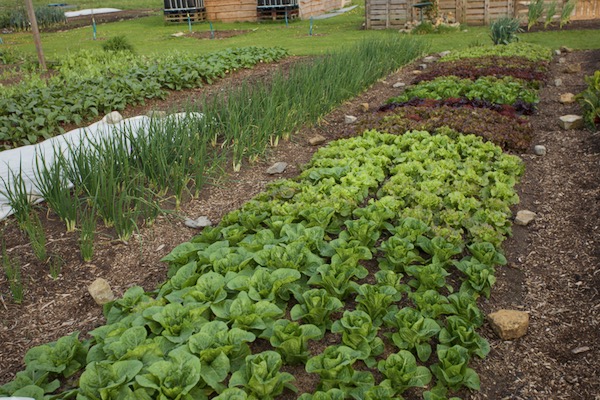

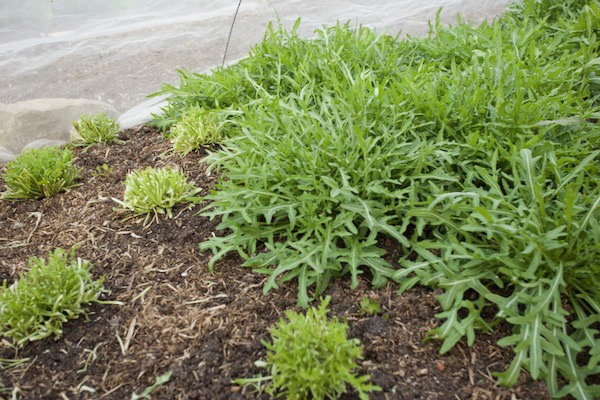
How to pick 3, multi or single sown fun
Cauliflower need to be harvested as soon as you see them fully grown, because soon after that they grow upwards and become broccoli!
Carefully twist out the largest roots of any multisown clump, such as radish or turnips at this time of year. This allows the remaining plants to continue growing and extends your period of harvest.
The third photo below is a total nice example of my no knead bread!
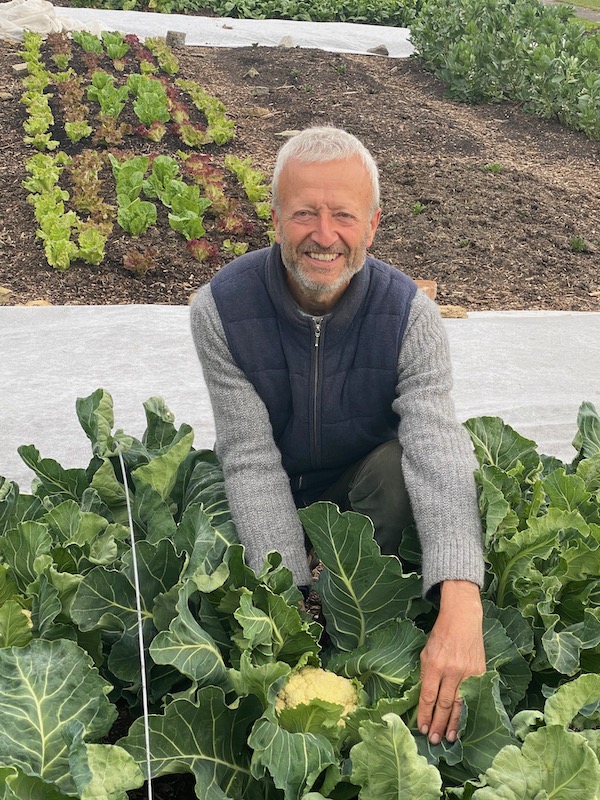

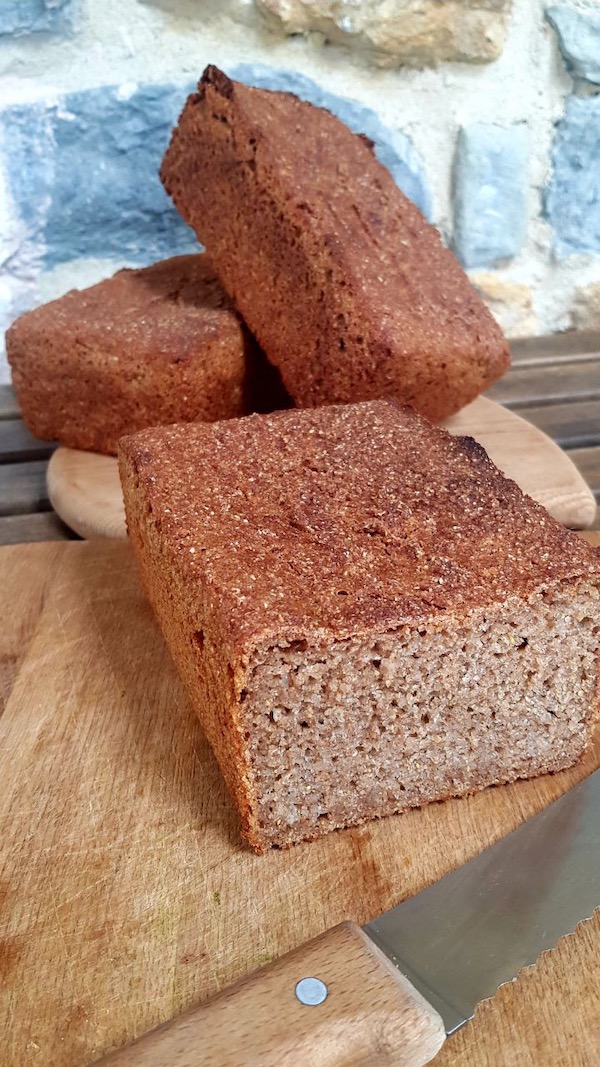
Stored potato, new asparagus and beans
We harvested a fair few tops of the broad bean plants for eating over winter. To clear some of them now I cut them just below ground level, to leave the root system in place (food for microbes) and make space for the asparagus now growing.
Stored potatoes from last summer are a valuable part of our diet in May, after rubbing off the shoots.

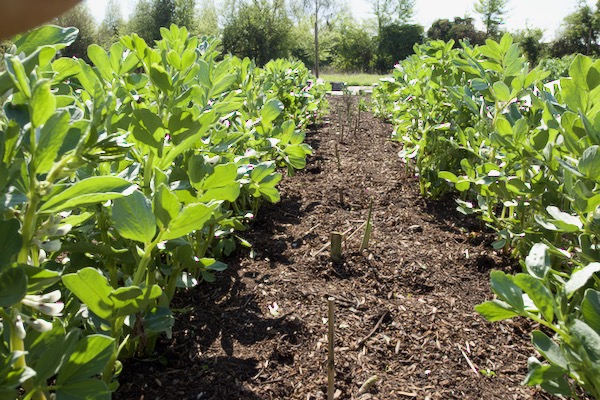
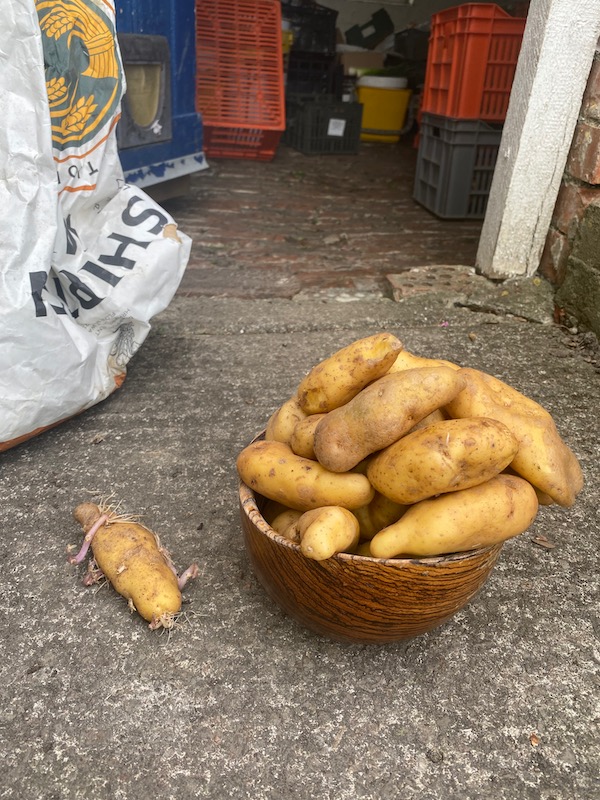
No dig allotment
This is by Emma Kane, near here. She works two days a week at Homeacres, it’s now full time gardening after being a physiotherapist. She took on the allotment 1st April and worked hard with her partner to smother the weeds!
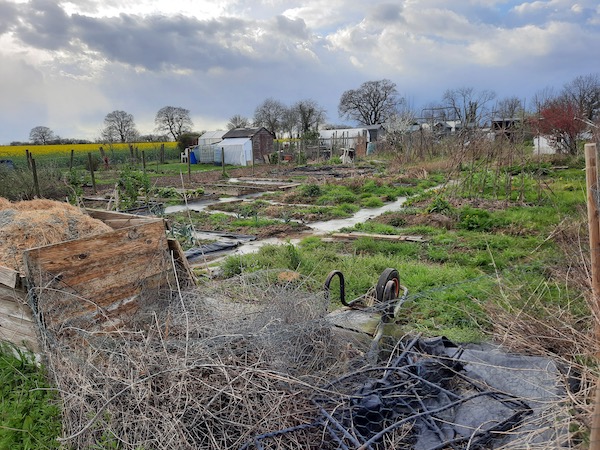
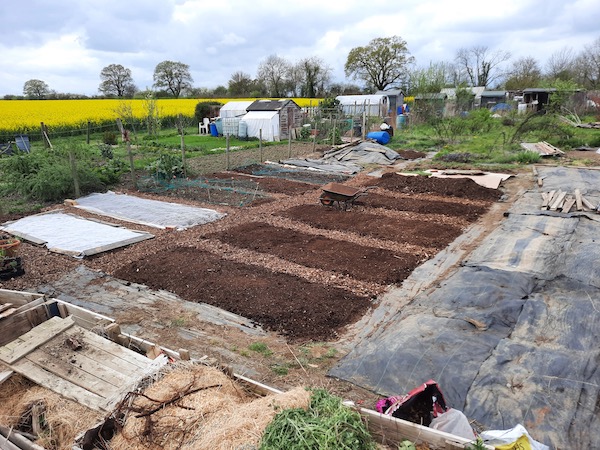
Learning
Courses here are popular as ever, while in the first half of May I’m giving a few courses and talks elsewhere, see my events page.
At Ashburnham in E Sussex on 5th May, I give a course and a talk.
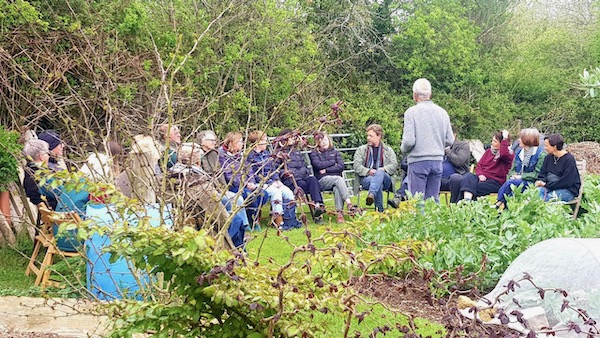
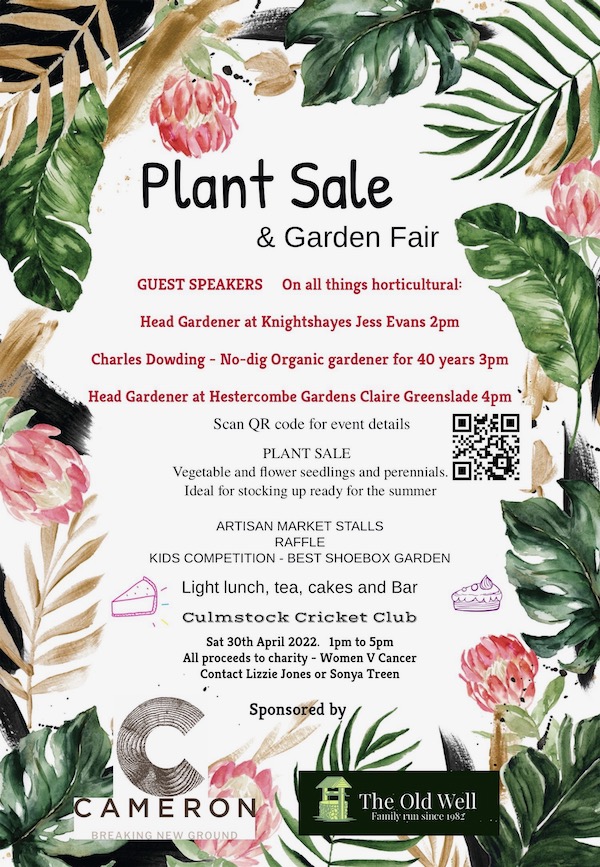










































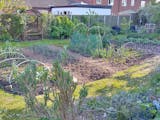
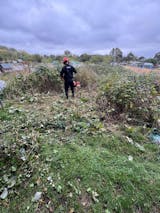
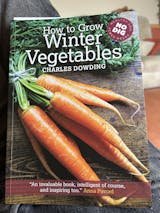
0 comments